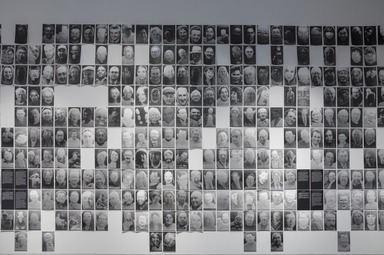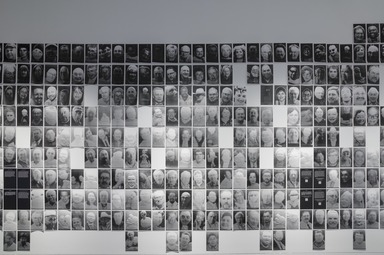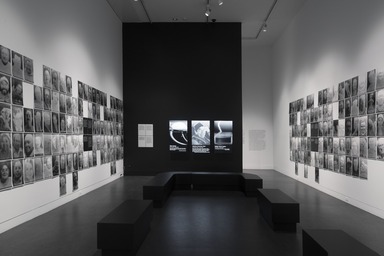

Rafael Lozano-Hemmer: A Crack in the Hourglass, An Ongoing COVID-19 Memorial, October 29, 2021 through August 7, 2022 (Image: DIG_E_2021_Lozano-Hemmer_01_PS11.jpg Photo: Danny Perez photograph, 2022)

Rafael Lozano-Hemmer: A Crack in the Hourglass, An Ongoing COVID-19 Memorial, October 29, 2021 through August 7, 2022 (Image: DIG_E_2021_Lozano-Hemmer_02_PS11.jpg Photo: Danny Perez photograph, 2022)

Rafael Lozano-Hemmer: A Crack in the Hourglass, An Ongoing COVID-19 Memorial, October 29, 2021 through August 7, 2022 (Image: DIG_E_2021_Lozano-Hemmer_03_PS11.jpg Photo: Danny Perez photograph, 2022)
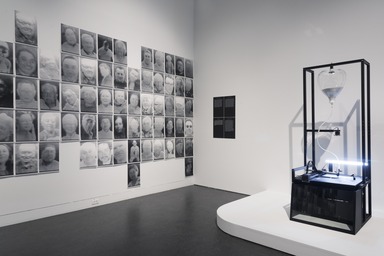
Rafael Lozano-Hemmer: A Crack in the Hourglass, An Ongoing COVID-19 Memorial, October 29, 2021 through August 7, 2022 (Image: DIG_E_2021_Lozano-Hemmer_04_PS11.jpg Photo: Danny Perez photograph, 2022)
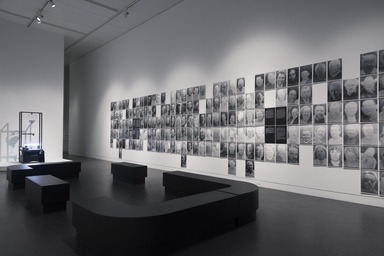
Rafael Lozano-Hemmer: A Crack in the Hourglass, An Ongoing COVID-19 Memorial, October 29, 2021 through August 7, 2022 (Image: DIG_E_2021_Lozano-Hemmer_05_PS11.jpg Photo: Danny Perez photograph, 2022)
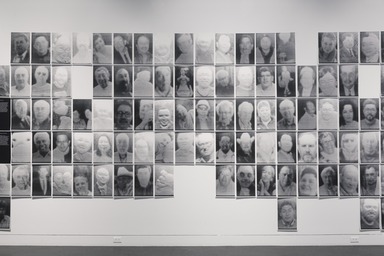
Rafael Lozano-Hemmer: A Crack in the Hourglass, An Ongoing COVID-19 Memorial, October 29, 2021 through August 7, 2022 (Image: DIG_E_2021_Lozano-Hemmer_06_PS11.jpg Photo: Danny Perez photograph, 2022)
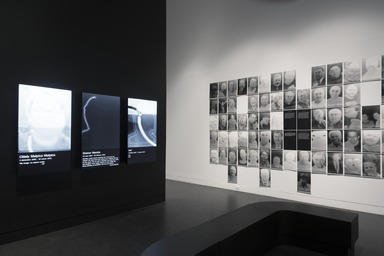
Rafael Lozano-Hemmer: A Crack in the Hourglass, An Ongoing COVID-19 Memorial, October 29, 2021 through August 7, 2022 (Image: DIG_E_2021_Lozano-Hemmer_07_PS11.jpg Photo: Danny Perez photograph, 2022)
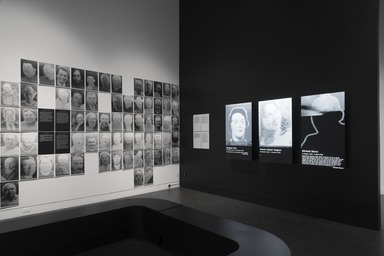
Rafael Lozano-Hemmer: A Crack in the Hourglass, An Ongoing COVID-19 Memorial, October 29, 2021 through August 7, 2022 (Image: DIG_E_2021_Lozano-Hemmer_08_PS11.jpg Photo: Danny Perez photograph, 2022)

Rafael Lozano-Hemmer: A Crack in the Hourglass, An Ongoing COVID-19 Memorial, October 29, 2021 through August 7, 2022 (Image: DIG_E_2021_Lozano-Hemmer_09_PS11.jpg Photo: Danny Perez photograph, 2022)

Rafael Lozano-Hemmer: A Crack in the Hourglass, An Ongoing COVID-19 Memorial, October 29, 2021 through August 7, 2022 (Image: DIG_E_2021_Lozano-Hemmer_10_PS11.jpg Photo: Danny Perez photograph, 2022)

Rafael Lozano-Hemmer: A Crack in the Hourglass, An Ongoing COVID-19 Memorial, October 29, 2021 through August 7, 2022 (Image: DIG_E_2021_Lozano-Hemmer_11_PS11.jpg Photo: Danny Perez photograph, 2022)

Rafael Lozano-Hemmer: A Crack in the Hourglass, An Ongoing COVID-19 Memorial, October 29, 2021 through August 7, 2022 (Image: DIG_E_2021_Lozano-Hemmer_12_PS11.jpg Photo: Danny Perez photograph, 2022)
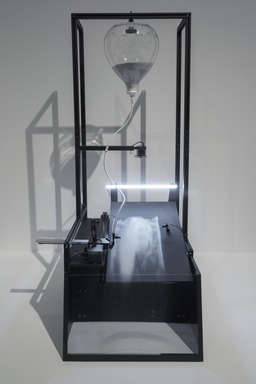
Rafael Lozano-Hemmer: A Crack in the Hourglass, An Ongoing COVID-19 Memorial, October 29, 2021 through August 7, 2022 (Image: DIG_E_2021_Lozano-Hemmer_13_PS11.jpg Photo: Danny Perez photograph, 2022)
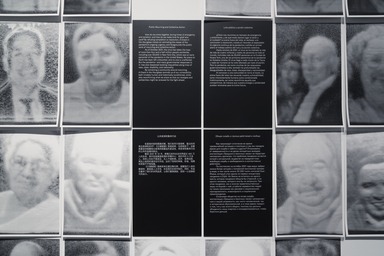
Rafael Lozano-Hemmer: A Crack in the Hourglass, An Ongoing COVID-19 Memorial, October 29, 2021 through August 7, 2022 (Image: DIG_E_2021_Lozano-Hemmer_14_PS11.jpg Photo: Danny Perez photograph, 2022)

Rafael Lozano-Hemmer: A Crack in the Hourglass, An Ongoing COVID-19 Memorial, October 29, 2021 through August 7, 2022 (Image: DIG_E_2021_Lozano-Hemmer_15_PS11.jpg Photo: Danny Perez photograph, 2022)
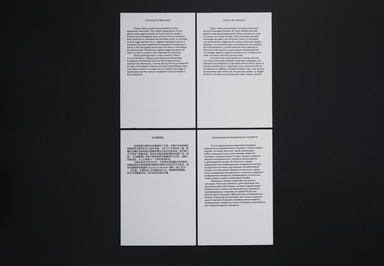
Rafael Lozano-Hemmer: A Crack in the Hourglass, An Ongoing COVID-19 Memorial, October 29, 2021 through August 7, 2022 (Image: DIG_E_2021_Lozano-Hemmer_16_PS11.jpg Photo: Danny Perez photograph, 2022)

Rafael Lozano-Hemmer: A Crack in the Hourglass, An Ongoing COVID-19 Memorial, October 29, 2021 through August 7, 2022 (Image: DIG_E_2021_Lozano-Hemmer_17_PS11.jpg Photo: Danny Perez photograph, 2022)

Rafael Lozano-Hemmer: A Crack in the Hourglass, An Ongoing COVID-19 Memorial, October 29, 2021 through August 7, 2022 (Image: DIG_E_2021_Lozano-Hemmer_18_PS11.jpg Photo: Danny Perez photograph, 2022)
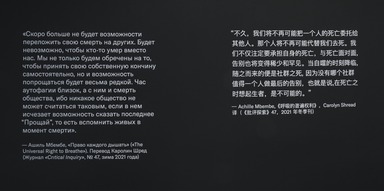
Rafael Lozano-Hemmer: A Crack in the Hourglass, An Ongoing COVID-19 Memorial, October 29, 2021 through August 7, 2022 (Image: DIG_E_2021_Lozano-Hemmer_19_PS11.jpg Photo: Danny Perez photograph, 2022)

Rafael Lozano-Hemmer: A Crack in the Hourglass, An Ongoing COVID-19 Memorial, October 29, 2021 through August 7, 2022 (Image: DIG_E_2021_Lozano-Hemmer_20_PS11.jpg Photo: Danny Perez photograph, 2022)
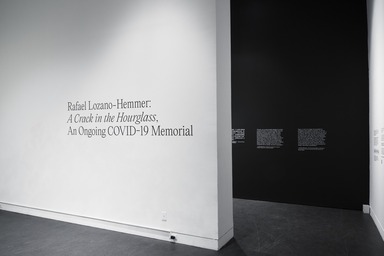
Rafael Lozano-Hemmer: A Crack in the Hourglass, An Ongoing COVID-19 Memorial, October 29, 2021 through August 7, 2022 (Image: DIG_E_2021_Lozano-Hemmer_21_PS11.jpg Photo: Danny Perez photograph, 2022)
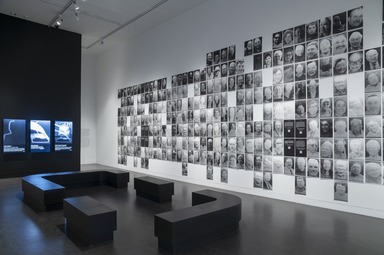
Rafael Lozano-Hemmer: A Crack in the Hourglass, An Ongoing COVID-19 Memorial, October 29, 2021 through August 7, 2022 (Image: DIG_E_2021_Lozano-Hemmer_22_PS20.jpg Photo: Danny Perez photograph, 2022)
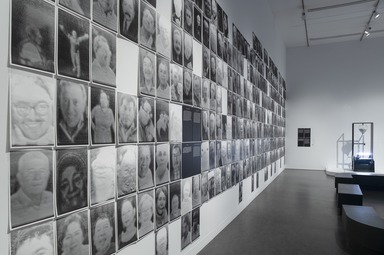
Rafael Lozano-Hemmer: A Crack in the Hourglass, An Ongoing COVID-19 Memorial, October 29, 2021 through August 7, 2022 (Image: DIG_E_2021_Lozano-Hemmer_23_PS20.jpg Photo: Danny Perez photograph, 2022)

Rafael Lozano-Hemmer: A Crack in the Hourglass, An Ongoing COVID-19 Memorial, October 29, 2021 through August 7, 2022 (Image: DIG_E_2021_Lozano-Hemmer_24_PS20.jpg Photo: Danny Perez photograph, 2022)
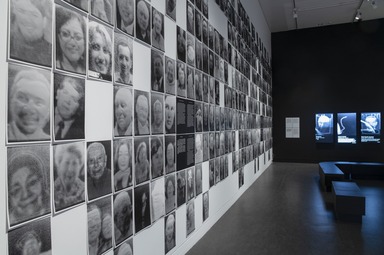
Rafael Lozano-Hemmer: A Crack in the Hourglass, An Ongoing COVID-19 Memorial, October 29, 2021 through August 7, 2022 (Image: DIG_E_2021_Lozano-Hemmer_25_PS20.jpg Photo: Danny Perez photograph, 2022)
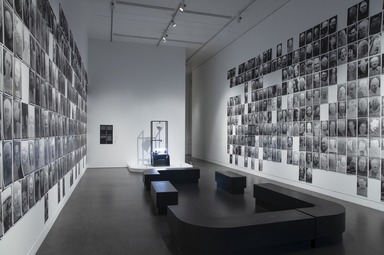
Rafael Lozano-Hemmer: A Crack in the Hourglass, An Ongoing COVID-19 Memorial, October 29, 2021 through August 7, 2022 (Image: DIG_E_2021_Lozano-Hemmer_26_PS20.jpg Photo: Danny Perez photograph, 2022)

Rafael Lozano-Hemmer: A Crack in the Hourglass, An Ongoing COVID-19 Memorial, October 29, 2021 through August 7, 2022 (Image: DIG_E_2021_Lozano-Hemmer_27_PS20.jpg Photo: Danny Perez photograph, 2022)

Rafael Lozano-Hemmer: A Crack in the Hourglass, An Ongoing COVID-19 Memorial, October 29, 2021 through August 7, 2022 (Image: DIG_E_2021_Lozano-Hemmer_28_PS20.jpg Photo: Danny Perez photograph, 2022)

Rafael Lozano-Hemmer: A Crack in the Hourglass, An Ongoing COVID-19 Memorial, October 29, 2021 through August 7, 2022 (Image: DIG_E_2021_Lozano-Hemmer_29_PS20.jpg Photo: Danny Perez photograph, 2022)
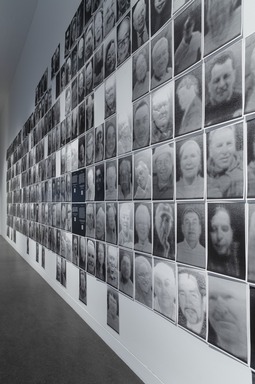
Rafael Lozano-Hemmer: A Crack in the Hourglass, An Ongoing COVID-19 Memorial, October 29, 2021 through August 7, 2022 (Image: DIG_E_2021_Lozano-Hemmer_30_PS20.jpg Photo: Danny Perez photograph, 2022)
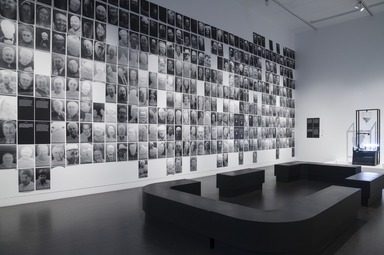
Rafael Lozano-Hemmer: A Crack in the Hourglass, An Ongoing COVID-19 Memorial, October 29, 2021 through August 7, 2022 (Image: DIG_E_2021_Lozano-Hemmer_31_PS20.jpg Photo: Danny Perez photograph, 2022)
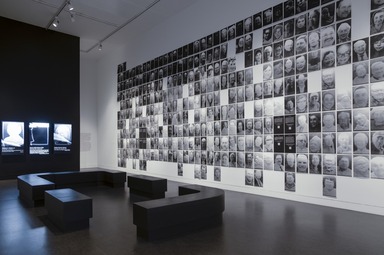
Rafael Lozano-Hemmer: A Crack in the Hourglass, An Ongoing COVID-19 Memorial, October 29, 2021 through August 7, 2022 (Image: DIG_E_2021_Lozano-Hemmer_32_PS20.jpg Photo: Danny Perez photograph, 2022)
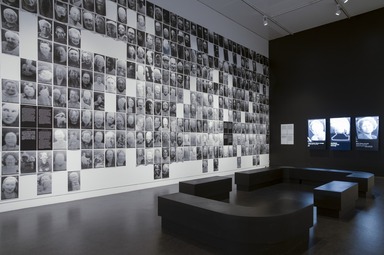
Rafael Lozano-Hemmer: A Crack in the Hourglass, An Ongoing COVID-19 Memorial, October 29, 2021 through August 7, 2022 (Image: DIG_E_2021_Lozano-Hemmer_33_PS20.jpg Photo: Danny Perez photograph, 2022)
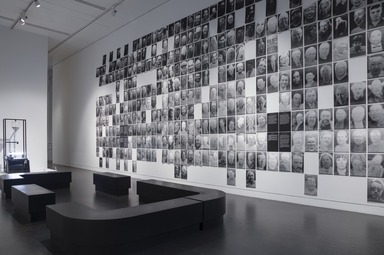
Rafael Lozano-Hemmer: A Crack in the Hourglass, An Ongoing COVID-19 Memorial, October 29, 2021 through August 7, 2022 (Image: DIG_E_2021_Lozano-Hemmer_34_PS20.jpg Photo: Danny Perez photograph, 2022)
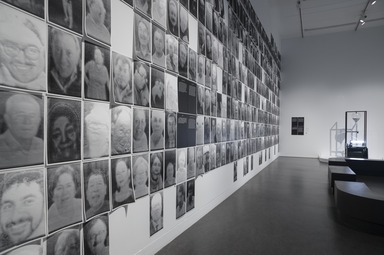
Rafael Lozano-Hemmer: A Crack in the Hourglass, An Ongoing COVID-19 Memorial, October 29, 2021 through August 7, 2022 (Image: DIG_E_2021_Lozano-Hemmer_35_PS20.jpg Photo: Danny Perez photograph, 2022)
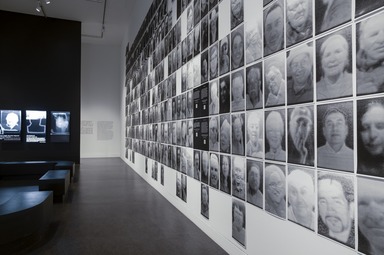
Rafael Lozano-Hemmer: A Crack in the Hourglass, An Ongoing COVID-19 Memorial, October 29, 2021 through August 7, 2022 (Image: DIG_E_2021_Lozano-Hemmer_36_PS20.jpg Photo: Danny Perez photograph, 2022)

Rafael Lozano-Hemmer: A Crack in the Hourglass, An Ongoing COVID-19 Memorial, October 29, 2021 through August 7, 2022 (Image: DIG_E_2021_Lozano-Hemmer_37_PS20.jpg Photo: Danny Perez photograph, 2022)

Rafael Lozano-Hemmer: A Crack in the Hourglass, An Ongoing COVID-19 Memorial, October 29, 2021 through August 7, 2022 (Image: DIG_E_2021_Lozano-Hemmer_38_PS20.jpg Photo: Danny Perez photograph, 2022)
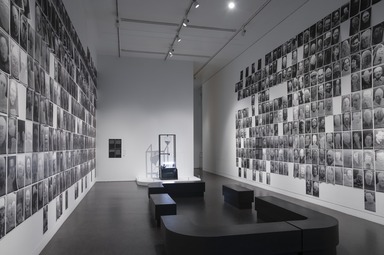
Rafael Lozano-Hemmer: A Crack in the Hourglass, An Ongoing COVID-19 Memorial, October 29, 2021 through August 7, 2022 (Image: DIG_E_2021_Lozano-Hemmer_39_PS20.jpg Photo: Danny Perez photograph, 2022)
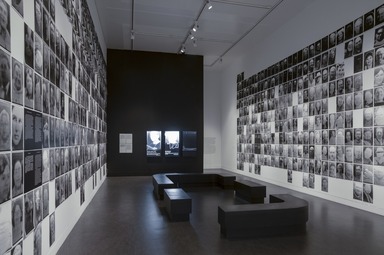
Rafael Lozano-Hemmer: A Crack in the Hourglass, An Ongoing COVID-19 Memorial, October 29, 2021 through August 7, 2022 (Image: DIG_E_2021_Lozano-Hemmer_40_PS20.jpg Photo: Danny Perez photograph, 2022)
Rafael Lozano-Hemmer: A Crack in the Hourglass, An Ongoing COVID-19 Memorial
-
Rafael Lozano-Hemmer: A Crack in the Hourglass, An Ongoing COVID-19 Memorial
How do we memorialize and visualize the immense losses caused by COVID-19, even as casualties continue to accrue, and how do we account for the way this pandemic has halted rituals of mourning and emptied public spaces around the world? In A Crack in the Hourglass, Rafael Lozano-Hemmer (born Mexico City, 1967) offers one response: a participatory, transitory, and ongoing memorial for the broken time of the pandemic. Commissioned by the Museo Universitario Arte Contemporáneo in Mexico City in 2020, this installation is the first live presentation of the piece, creating a space where people can gather, mourn, and pay tribute to the victims of COVID-19 both in New York City and worldwide.
Lozano-Hemmer's installation brings together fleeting portraits of people who dies due to COVID-19. Families and friends are invited to submit photographs of their loved ones, accompanied by a personalized dedication, through the project's online platform. Then, they can watch—in person or via livestream—as a modified robotic plotter recreates the image by slowly depositing grains of hourglass sand onto a black stage. After each drawing is finished, the stage tilts automatically, gravity slowly wipes the image away, and the sand is recovered to create another portrait. Through this continuity, a limitless number of memorials can be made with the same process and the same sand, emphasizing the collective and ongoing nature of the pandemic. -
"Soon, it will no longer be possible to delegate one's death to others. It will no longer be possible for that person to die in our place. Not only will we condemned to assume our own demise, unmediated, but farewells will be few and far between. The hour of autophagy is upon us and, with it, the death of community, as there is no community worthy of its name in which saying one's last farewell, that is remembering the living at the moment of death, becomes impossible."
—Achille Mbembe, "The Universal Right to Breath," translated by Carolyn Shread (Critical Inquiry 47, Winter 2021)
-
Monuments and Anti-Monuments
What can a monument be in the twenty-first century? Over the course of the pandemic, this has become a central question. Monuments have long dominated public spaces and enshrined histories, typically being erected by those with power and made of durable materials like bronze and stone. Following George Floyd’s murder by a police officer in May 2020, millions of people around the world protested the deadly consequences and legacies of white supremacy and state violence. One focal point of struggle has been monuments to slaveholders and colonizers, many of which, through both direct action and civic processes, have been removed from their pedestals.
Working at the intersection of art, technology, and architecture, Rafael Lozano-Hemmer takes a decidedly different approach through what he has called “anti-monuments.” His anti-monuments do not valorize an ideal figure, or immortalize historical narratives around race and nation, but instead assume fleeting and almost immaterial forms that exist only through public engagement. Lozano-Hemmer’s participatory platforms often invite viewers to provide biometric self-portraits that use measurements or analysis of unique physical characteristics—such as photographs, heartbeats, or fingerprints—and in doing so subvert technologies of control and transform into active representations of community, individuality, and history in the present. -
Public Mourning and Collective Action
How do we come together during times of emergency and isolation, and how do we make time for grief and care? By refusing completion or resolution, A Crack in the Hourglass insists on reminding the viewer of the pandemic’s ongoing urgency, and foregrounds the public work of mourning and collective action.
As of October 2021, the virus has taken the lives of more than four and a half million people worldwide, including over 30,000 in New York City, which was an early epicenter of the pandemic in the United States. No place on Earth has been left untouched, and no one is unaffected. But the pandemic—and many governmental responses to it—has also deepened existing inequalities along lines of race, class, disability, and nationality.
By convening a community around mourning, A Crack in the Hourglass reminds us of our vulnerability, both innately human and historically conditioned, while also reconfirming what we share so that our energies and solidarities might be renewed for the fight ahead. -
Archiving the Memorials
These printed portraits represent some of the hourglass sand memorials created since the project began in 2020. In contrast to the history of portraiture—which has typically preserved images of individuals for years or centuries to come—the portraits created by the machine are ephemeral. While the portraits disappear in physical space, they remain as archives in video form on the project’s website, which also displays the individuals’ names and written dedications from loved ones. In turn, those video documents are represented here, and additional prints will be added to the gallery walls while the memorial is on view at the Museum. -
Archiving the Memorials
These videos provide documentation of the ephemeral memorials. The robotic drawing arm in this gallery takes approximately thirty minutes to create a portrait out of hourglass sand, and the entire process for each memorial is recorded and archived online. In contrast to the image overload of our digitally mediated culture, a condition that was heightened by quarantine measures, A Crack in the Hourglass slows down the flow of information by methodically translating a digital image into grains of sand in order to create a new interlude for mourning.
Sand painting exists in many cultures. Often, it is connected to religious and healing practices that emphasize the fleeting nature of life or physical and spiritual transformation, such as during Dia de Los Muertos (or Day of the Dead) in Mexico and the United States. Here, once each portrait of a loved one is finished, the image is wiped away and the sand is reused for future portraits in the procession. -
How to Participate
Instead of a static structure that fixes an event in the past, A Crack in the Hourglass depends on participation in the present. The artist invites anyone to visit the project’s website, www.acrackinthehourglass.net, and submit a photograph of a loved one who died due to COVID-19 as well as a written dedication. Visitors to this installation are welcome to participate, and their submissions will be prioritized in the queue so they can view the memorial in person before its documentation is archived online. The memorials are also streamed live on the project’s website.
Visit the website for the project to participate or to see all of the memorials.
www.acrackinthehourglass.net
-
September 15, 2021
The installation is the first exhibition of the participatory COVID-19 memorial, which provides space to collectively honor and grieve the victims of the pandemic in New York City and worldwide.
Opening October 29, 2021, A Crack in the Hourglass: An Ongoing COVID-19 Memorial considers how to memorialize the extraordinary loss of life caused by the historic global pandemic, which continues to rage throughout the world. In this installation, Mexican-Canadian media artist Rafael Lozano-Hemmer responds to the ways COVID-19 has halted public rituals of mourning with a participatory, transitory “anti-monument” for the time of the pandemic. Through ephemeral portraits made from hourglass sand, the installation and its related online platform provide visitors and communities with space to collectively mourn and honor those lost to COVID-19 in New York City—an area with one of the highest number of pandemic-related deaths in the United States—and worldwide. This exhibition is a continuation of the Museum’s efforts to act as a resource for its Brooklyn community and to aid in community healing and support since the pandemic began in early 2020.
Originally commissioned by the Museo Universitario Arte Contemporáneo in Mexico City in 2020, Lozano-Hemmer’s installation at the Brooklyn Museum provides the first opportunity to experience the work live. Participants are invited to submit photographs of their loved ones lost to COVID-19 through the project’s online platform, accompanied by a personalized dedication, and watch in person or via livestream as a robotic arm deposits grains of sand onto a black surface to recreate the image. After each portrait is completed, it is then archived on the website and slowly erased by gravity. The same sand is then recycled into the next portrait, forming a limitless number of memorials and emphasizing the collective nature of the pandemic as well as its ongoing impact. A Crack in the Hourglass refers not only to the installation’s use of hourglass sand but also to our broken sense of time during the pandemic. Printed photographs of the sand portraits will be added to the installation throughout the duration of the exhibition, and monitors will display videos of some of the sand portraits being created. The portraits will further be archived on the project’s website, where previous iterations can also be seen.
“We’re honored to be the first site of this important project that we hope will create much-needed space for catharsis as well as dialogue around how to memorialize the ongoing impact of COVID-19 around the world. Rafael Lozano-Hemmer is one of the most important artists today thinking about how to materialize and visualize our present conditions in relation to technology and power. While the pandemic and the responses to it have deepened existing inequalities along lines of race, class, disability, and nationality, A Crack in the Hourglass: An Ongoing COVID-19 Memorial convenes a community around collective care and mourning,” says Drew Sawyer, Phillip Leonian and Edith Rosenbaum Leonian Curator of Photography, Brooklyn Museum.
“This project is designed for mourning our losses at a time when we have been socially-distant and denied proximity to those affected. The piece also represents continuity, as the same sand is used to make an endless number of unique portraits,” says Lozano-Hemmer, adding “I am very eager to see how the project is received in New York City, an epicenter of the pandemic, and am thankful to the Brooklyn Museum for bringing it to the United States.”
To participate in the memorial project, visit www.acrackinthehourglass.net
Rafael Lozano-Hemmer: A Crack in the Hourglass, An Ongoing COVID-19 Memorial is organized by Drew Sawyer, Phillip Leonian and Edith Rosenbaum Leonian Curator, Photography, Brooklyn Museum. The project was originally produced by Museo Universitario Arte Contemporáneo (MUAC) in collaboration with El Aleph: Festival de Arte y Ciencia from Universidad Nacional Autónoma de México’s (UNAM) Coordinación de Difusión Cultural. It has been presented in a remote, participatory fashion since November 7, 2020. Leadership support for this exhibition is provided by The Andrew W. Mellon Foundation and the Phillip Leonian and Edith Rosenbaum Leonian Charitable Trust.
About Rafael Lozano-Hemmer
Rafael Lozano-Hemmer is an internationally recognized media artist working at the intersection of technology, architecture, performance, and public art. Over the past several decades, he has created large-scale, interactive installations that explore themes of state power and capitalism, collectivity, and civic engagement. His “anti-monuments” investigate and subvert technologies of control and surveillance, often inviting viewers to provide biometric portraits of themselves that he then transforms into active representations of community and individuality. His mid-career survey exhibition, Rafael Lozano-Hemmer: Unstable Presence, will open at SFMOMA in October 2021.
Rafael Lozano-Hemmer: A Crack in the Hourglass, An Ongoing COVID-19 Memorial
View Original
